July 4, 2020: no fireworks, no parades, no summer blockbuster movies, no concerts, no town-wide celebrations, and—if you’re smart—no beaches, no large family reunions, no big vacations. Such is our big national holiday in the year of the pandemic.
But we find ways to compensate. One particularly appropriate way to celebrate is to watch the filmed Broadway performance of Lin Manuel Miranda’s Hamilton, made available for streaming on Disney+. It was released this way because movie theaters are closed, as are all the traveling productions of the show (and, let us acknowledge, all the performing arts: plays, symphonies, rock concerts).
We watch the film in part through the lens of the pandemic, noticing how the characters embrace, how they sing full-throated into one another (it was filmed in 2016). We note the celebration of New York City as the greatest city in the world and see that against the suffering and death toll of March, April and May.
The film beautifully captures the play’s ecstatic energy and depth—and it is an even more perfect study for Independence Day in the time of Black Lives Matter and the continued battle over immigration.
There’s a joke—maybe it’s a true story—about a couple that comes out of a Broadway performance of Hamilton and the husband says to his wife, “Hey, I didn’t realize George Washington was Black.” The cross-racial casting of Hamilton is part of its transformative power, and it explodes in the opening moments of the play, which unfold like a history lesson.
The casting tells us that though America was founded in a time when all the holders of power and position were white, the legacy of that time and of our nation belong to everyone: the story does not have to be told and is not owned by white culture. When you watch the play, that device grows into an implicit assertion that is more audacious still. The energy of the play urges us to believe that all the multitudinous diversity of our multiracial and immigrant-filled present is contained in the seeds sown in the revolution, that the struggles of today reflect the initial explosive tensions of an Anglo-European country founded on tribal lands and built through the exploitation and horror of the Atlantic Slave Trade in the name of “All men are created equal” and the idea that rulers rule only with the consent of the governed.
The play hints at the trade-offs over slavery in the writing of the Constitution, but it is our place in history that allows us to see the impulses of Hamilton through the paroxysms of the Civil War; the promise and repudiation of reconstruction; Jim Crow and segregation; the achievements of the Civil Rights movement; and the potential of the great conversation consuming America today, this July 4th, about racial justice.
This is an opportunity for progress and fundamental change that we do not want to waste: “I don’t want to throw away: my shot.” Indeed, Hamilton invigorates us with the sense of possibility—a world in which an individual could make things happen, in which revolutionary change could be contemplated, in which people took great risks. “Look around, look around at how/ Lucky we are to be alive right now.”
On July 4th, we celebrate our country in its complexities and contradictions, its freedoms and the freedom to think critically about our promise and our shortcomings. That vision must always consider race and our struggles to embrace fully the waves of immigration, two ideas that are related beautifully in Frederick Douglass’s 1869 speech on the “Composite Nation” (which I reflected on last year): “In whatever else other nations may have been great and grand, our greatness and grandeur will be found in the faithful application of the principle of perfect civil equality to the people of all races and of all creeds, and to men of no creeds.”
This Independence Day, we may miss our fireworks and parades, but we have another gift to cherish alongside Hamilton: a recitation of Douglass’s famous 1852 speech, “What to the Slave is the Fourth of July,” by several of Douglass’s young descendants. I urge you to watch this hopeful and vivid performance of American history and see the beauty and potential of Douglass’s descendants, who follow the recitation with reflections on the present time.
As an educator, I have the great luxury of working with young people, in particular the talented and optimistic students of Russell Sage College. I see in them the thoughtfulness, energy and potential to create a better world that the Douglass readers embody. We do not want to throw away: our shot.

